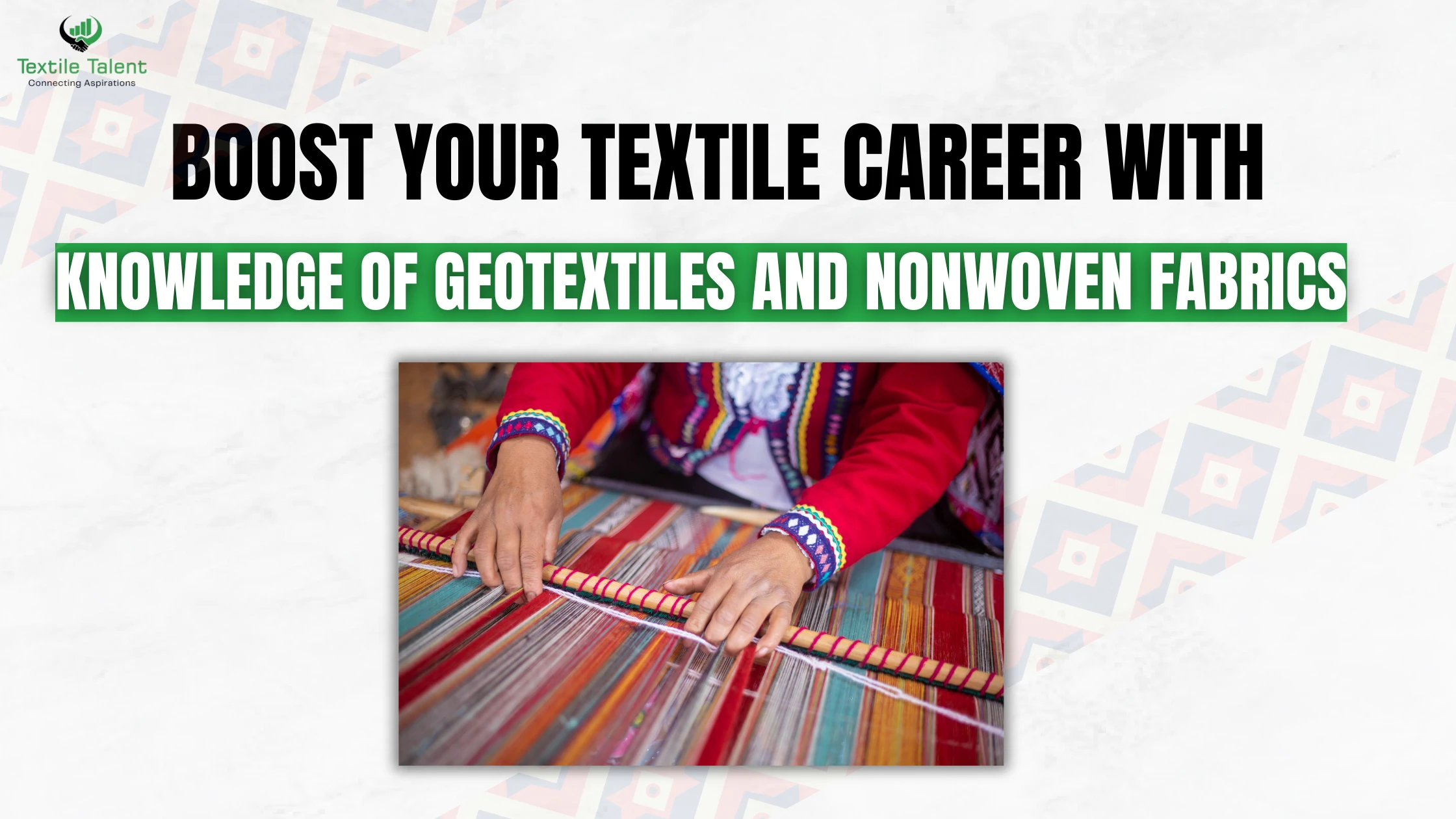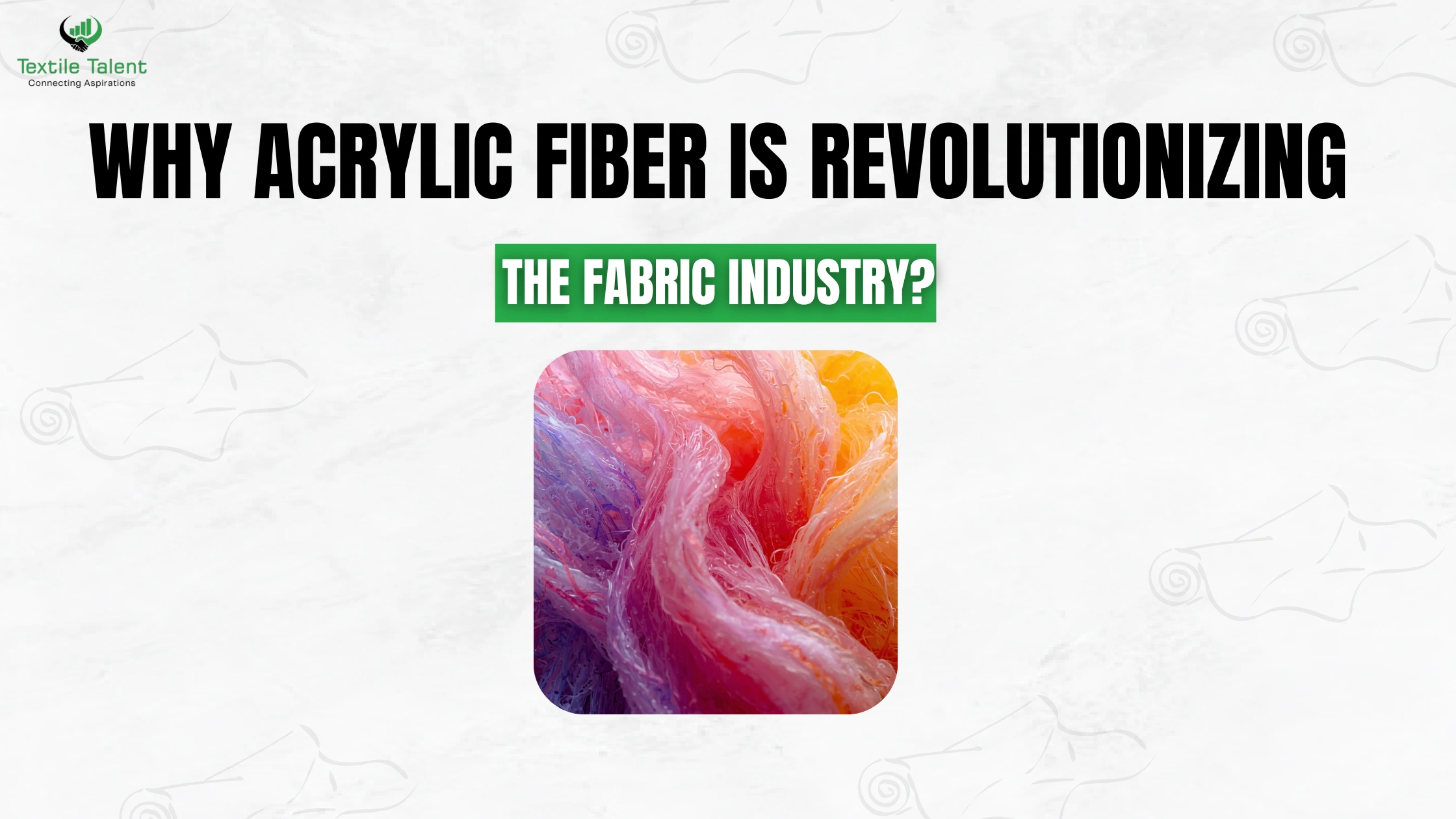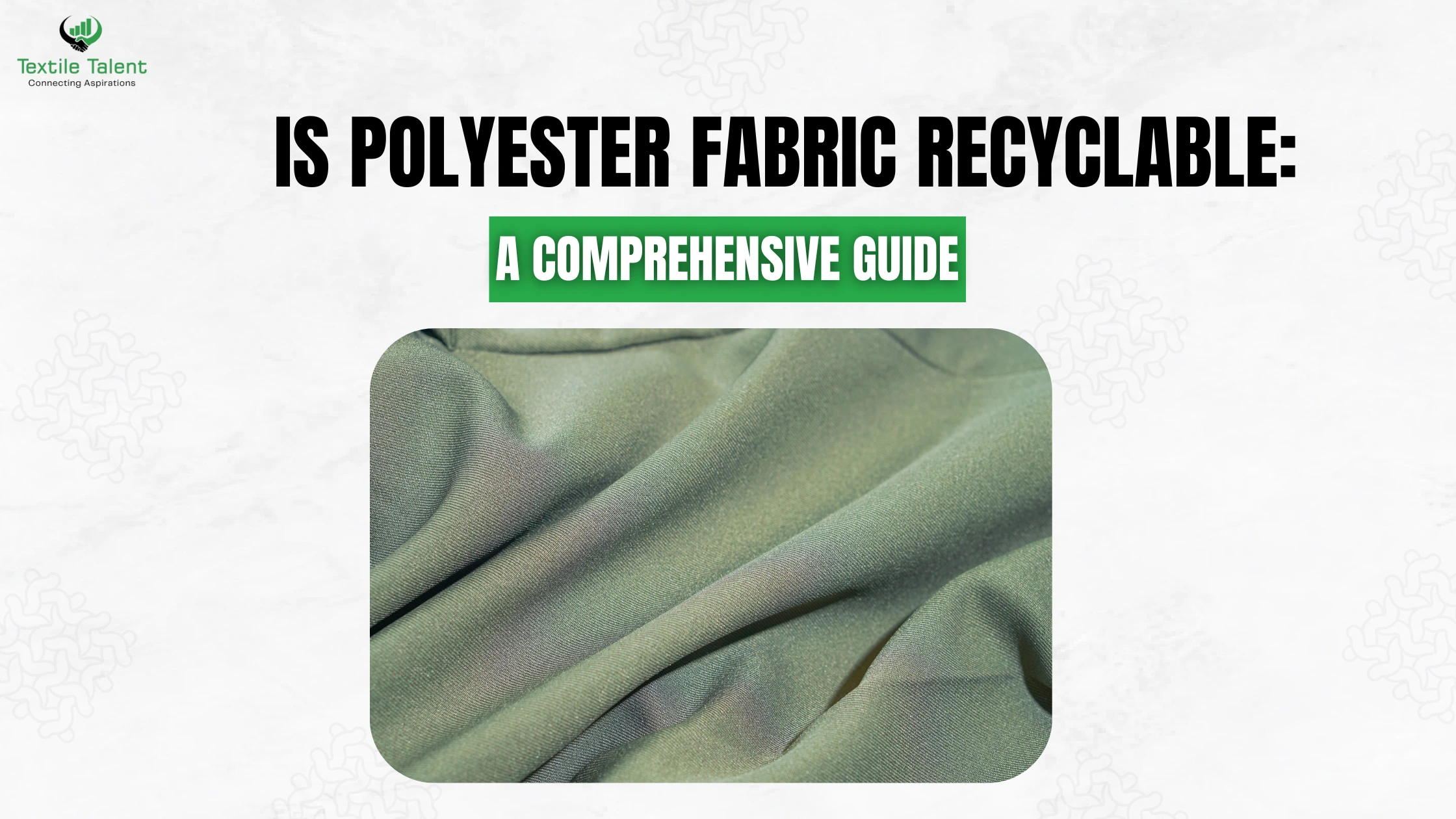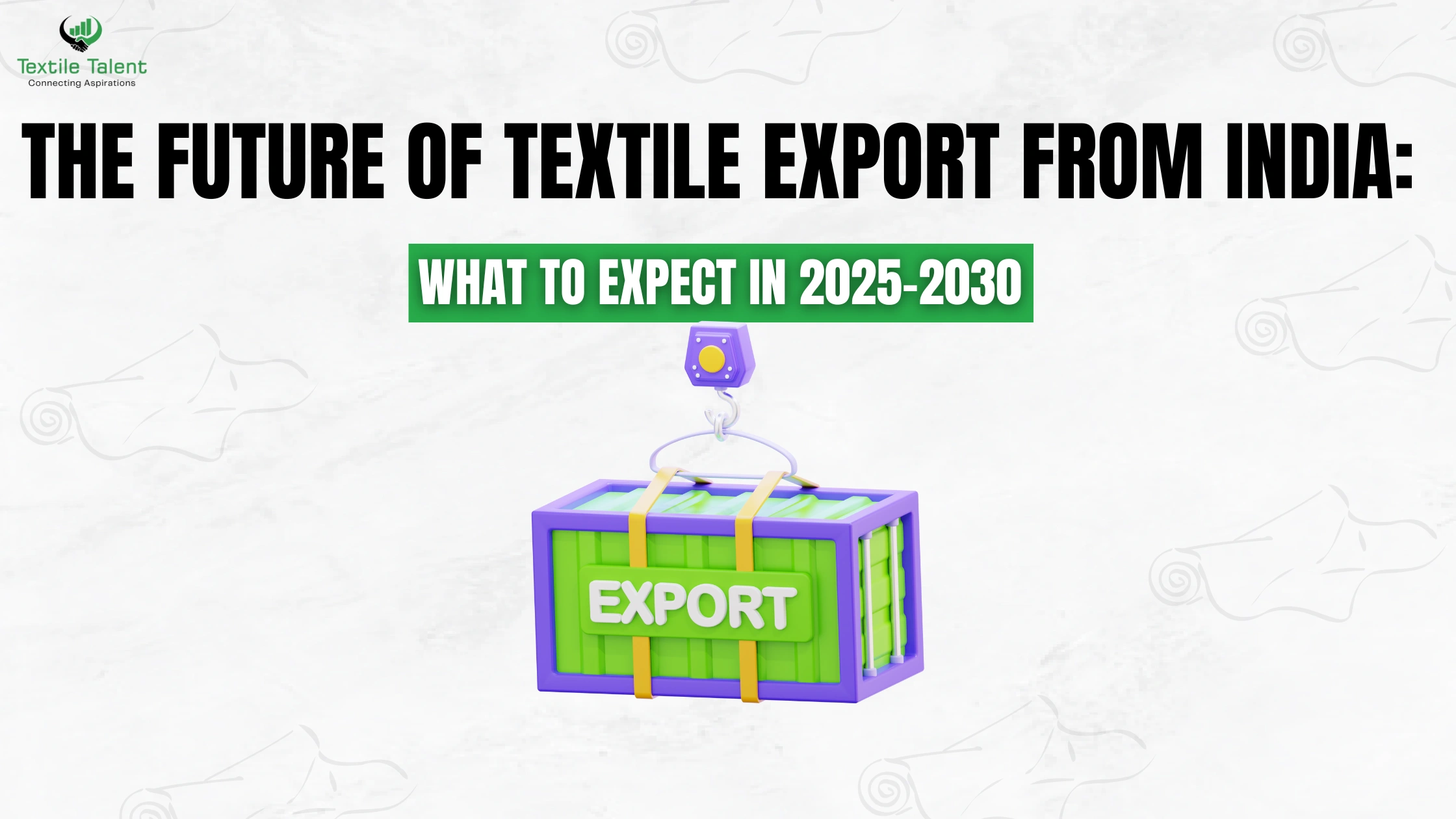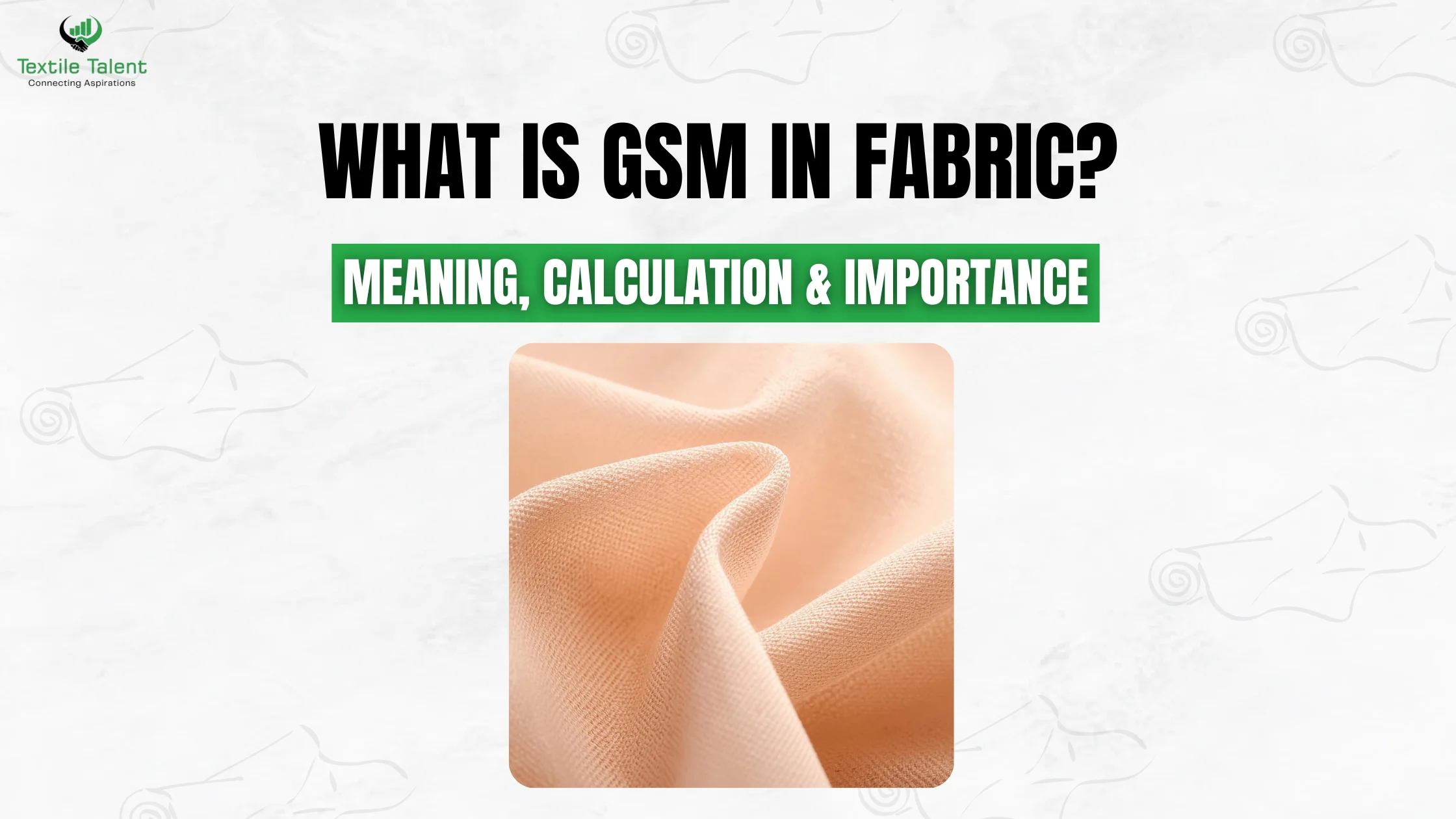
Introduction:
There is more to the textile industry than creating clothes as it is a complex industry with extensive emphasis on industrial textiles which are employed in all types of applications. Of these materials, geotextiles, and in particular nonwoven fabric and permeable geotextile fabric in particular, are gaining a greater role in construction, civil engineering even environmental solutions.
Whether you want to make a switch to this vibrant field or develop your career, learning more on the subject matter of geotextile nonwoven fabric can bring you promising career opportunities. This article will discuss the importance of geotextiles, their types, and how the knowledge in this field is able to help you to secure a job in one of the most creative and developing industries.
What Are Geotextiles?
The geotextiles are the special fabrics which are mostly applied in the construction sector. Manufactured out of synthetic resources such as polyester, poly propylene and nylon, they are made to enhance the utility and performance of the soil, water and pavement systems.
Types of Geotextiles
There are two main types of geotextiles:
-
Woven Geotextiles – Strong, durable fabrics which find usual application in separation, reinforcement and filtration.
-
Nonwoven Geotextiles – These are structurally bonded fibre materials and are mainly applied on drainage, erosion prevention and filtration applications.
Why Should Job Seekers Care About Geotextiles?
A lot of people think that only construction engineers can use geotextiles which, however is not the case; this textile is perfectly applicable in protecting the environment in transportation infrastructure as well as in agriculture. With increasing number of industries recognizing the value of these materials, the need of individuals who are knowledgeable of designing, testing and implementing nonwoven geotextile fabric and permeable geotextile fabric is getting higher.
How Geotextile Nonwoven Fabric Works in Construction
Nonwoven geotextile fabric plays a vital role in construction and civil engineering projects. None can match its effectiveness to give a filtration, drainage, and stabilization properties, and so much more are needed in building a road or even a stormwater management system..
Common Uses of Nonwoven Geotextiles
-
Filtration: Filtration of fine particles will be prevented by the use of nonwoven fabrics which ensures that water is free to flow.
-
Separation: They isolate different layers of soil or aggregates and they can never be mixed and enhance structure integrity.
-
Erosion Control: The fabrics are useful in controlling erosion of soil especially at the places most prone to excess rain or winds.
Job Opportunities in Construction
An increasing demand to apply nonwoven geotextile fabric in contemporary construction has created a need to produce professionals who can formulate, test and use the products. Engineers, project managers and textile designers who have the knowledge of the ins and outs of geotextiles will have an upper hand in getting the employments with construction firms, government agencies and even with the private agencies related to environmental solution
Permeable Geotextile Fabric: Key to Sustainable Solutions
The permeable geotextile fabric is another field that provides great excitement to job seekers. This is a game-changer in terms of sustainable construction industry and managing storm water as it enables the water to go through and filters out the contaminants.
Permeable Geotextiles in Environmental Applications
Geotextile fabrics can be important in the green infrastructure projects. They are applied in the structures including stormwater infiltration systems, permeable pavements, or rain gardens. They control and filter the water runoff thus preventing flooding and also minimizing chances of pollution
Growing Demand for Green Jobs
The changes to a more environmentally friendly and sustainable patterns of construction lead to the growing interest in finding people able to operate with permeable geotextile fabrics. Becoming a professional in this niche and becoming a sustainability expert will help you to go into a growing sphere of the textile industry.
Skills and Certifications That Can Help Boost Your Textile Career
In order to compete in the textile industry more so in the specialized market such as in geotextiles, you would need to have a couple of skills together with certifications that would go very far in enhancing your hire-ability.
Recommended Skills
-
Material Science: This includes learning about the most important properties and behavior features of fabrics under severe conditions.
-
CAD Design: Computer-aided design (CAD) is being used in several textile firms to model and test a geotextile cloth.
-
Knowledge of Civil Engineering Principles: This is a fundamental knowledge of the construction and engineering principles that should give you better insight on the application of geotextiles in the real world projects.
Certifications to Consider
-
Certified Textile Professional (CTP): It is a certification of your skill in the textile sector.
-
Civil Engineering Certifications: If you are interested in merging textiles with construction projects, a certification in civil engineering and green designing can be a game changer.
Why Geotextiles Are the Future of Textiles
The future of geotextiles in the textile industry is bright as infrastructure requirements of the world continue to change and many are environmental concerns. These materials create the solution that is used in soil stabilization, erosion control, filtration, and drainage, which are main to sustainable development.
The Role of Geotextiles in Sustainable Development
Some of the most important aspects of green construction involve geotextiles and how they are used to both stabilize the architectural elements as well as the construction process, including the use of roadways that minimizes soil erosion and stormwater systems that can allow natural filtration to occur on a particular project. With industries turning to going green, there is likely to be an incremental demand on the geotextile products, as well as the professionals capable of formulating, implementing and overall operation of geotextile products.
Building a Future-Proof Career in Textiles
With the improved development of geotextiles, possibilities of the job seeker in respective field are unlimited. To be ahead of the game, it is important to understand the concept of nonwoven fabrics as well as permeable geotextile fabrics to advance your career towards being a trailblazer in the textile industry as far as sustainability is concerned.
Conclusion:
To conclude, geotextile in general and nonwoven geotextile fabric and permeable geotextile fabric specifically present great and attractive employment prospects to those planning to work in the textile sector. The necessity in skilled workers in this niche will also rise as more people profess the need in sustainable building materials and environmentally friendly solutions. Through building expertise in these fields, you will be able to become a resourceful figure not only to the construction industry but also to the textile industry. You can be a beginner who has just entered the textile industry or yet to be a specialist, a plunge into the world of geotextiles will certainly contribute to the rise of your textile career.

